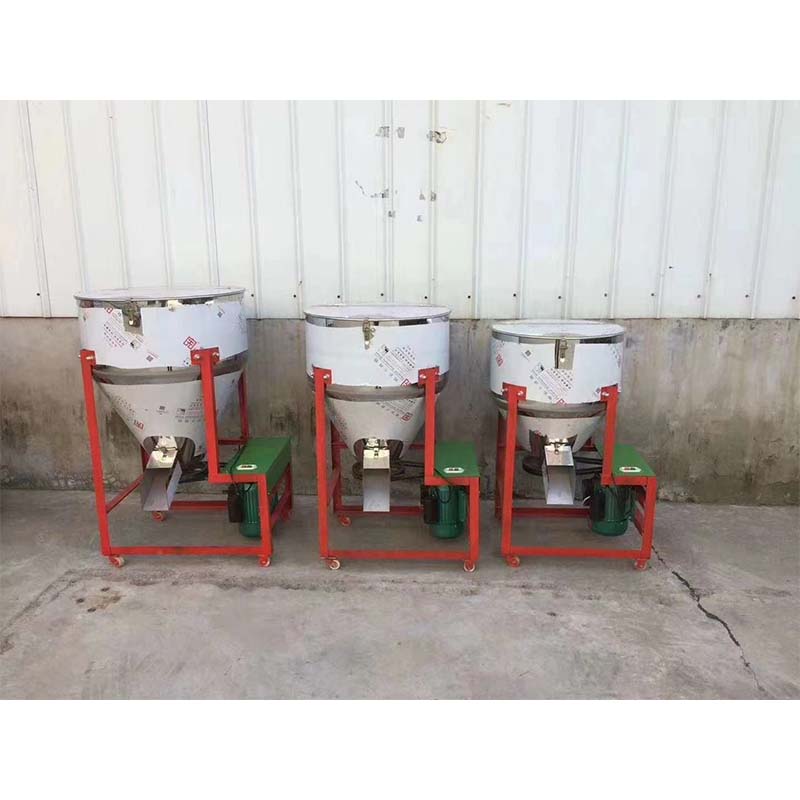Creative Designs for Pig Pen Fencing and Enclosure Solutions
Dec . 25, 2024 01:31 Back to list
Creative Designs for Pig Pen Fencing and Enclosure Solutions
Understanding the Pig Pen Panels A Comprehensive Guide
In the realm of modern farming and animal husbandry, the pig pen is a significant area that not only provides shelter but also ensures the well-being and health of pigs. Among the various elements that contribute to creating an effective pig pen, pig pen panels play a pivotal role. These panels are crucial for the structural integrity of the pen, the safety of the pigs, and the facilitation of farming practices. In this article, we will delve into the types, benefits, and considerations associated with pig pen panels.
Types of Pig Pen Panels
Pig pen panels typically come in several styles, each designed to cater to specific needs and preferences. The most common types include
1. Wire Panels These panels are made of galvanized steel or other durable materials that resist rust and corrosion. Wire panels are beneficial for their visibility; farmers can easily monitor the pigs through them. They allow for good ventilation and can be easily assembled and disassembled, making them ideal for temporary setups.
2. Solid Panels Often constructed from wood or composite materials, solid panels provide a more substantial barrier. They can help prevent injuries among pigs by eliminating sharp edges and minimizing the risk of escape. Solid panels also offer additional protection from harsh weather conditions, making them suitable for outdoor pens.
3. Modular Panels These are versatile panels that can be configured in various shapes and sizes. Modular panels are excellent for farmers looking to expand or modify their pig pens over time. They offer flexibility in design and can be used as a part of both indoor and outdoor setups.
4. NEP (Nutritional Enrichment Panels) An innovative addition to pig pen design, NEP panels incorporate features that facilitate the pigs' nutrition and well-being. These panels often have built-in feeder systems and allow for a more engaging environment for the pigs, promoting natural behaviors.
Benefits of Using Pig Pen Panels
The use of pig pen panels brings numerous advantages to both pigs and farmers
1. Safety The primary function of pig pen panels is to ensure the safety and security of the pigs. High-quality panels prevent pigs from escaping and protect them from potential predators.
2. Hygiene Panels can be designed to facilitate easier cleaning and maintenance. Smooth surfaces and efficient layouts help in minimizing waste accumulation, reducing the risk of disease outbreaks.
pig pen panels

3. Ventilation Properly designed pig pen panels allow for adequate airflow, which is essential in maintaining a comfortable and healthy environment for the pigs. Good ventilation helps to control temperatures and reduce moisture, which are critical for pig health.
4. Behavioral Enrichment Modern designs that incorporate NEP or allow interaction among pigs can significantly enhance their quality of life. Healthy social interactions among pigs are vital for their mental well-being, and well-designed panels can encourage this.
5. Cost-Effectiveness Investing in quality pig pen panels can result in long-term savings. Durable materials reduce the need for frequent replacements, and their efficient designs can lead to better overall farm productivity.
Considerations When Choosing Pig Pen Panels
When selecting pig pen panels, farmers should consider several factors
1. Durability The material of the panels must withstand harsh weather conditions and the physical activity of pigs. Galvanized steel and high-quality wood are common choices for their strength and longevity.
2. Size and Configuration Pigs require sufficient space to move around comfortably. The size of the panels and the overall layout of the pen should promote freedom of movement while ensuring safety.
3. Maintenance Needs Panels that are easy to clean and maintain will save time and effort in the long run. Smooth surfaces and designs that facilitate access for cleaning are essential.
4. Local Regulations Farmers should also be aware of local animal welfare regulations that govern the design and structure of pig pens, ensuring compliance to avoid legal issues.
Conclusion
In conclusion, pig pen panels are an essential part of any pig farming operation, contributing significantly to the welfare of the animals and the efficiency of farm management. Understanding the various types, benefits, and considerations of pig pen panels can help farmers make informed decisions that enhance the safety and health of their livestock. By investing in quality panels, farmers not only improve their operational effectiveness but also contribute to the overall well-being of their pigs. A well-designed pig pen ultimately supports the goals of sustainable and ethical farming practices.
-
High Performance Exhaust Fan – Efficient Ventilation Solutions for Home
NewsJun.10,2025
-
High-Quality Gestation Pen for Sows Durable Mobile Pig Pen & Simple Pig Pen Solutions
NewsJun.10,2025
-
High Quality Rabbit Cage Double Tier Designs & Welded Wire Mesh Supplier
NewsJun.10,2025
-
Floating Fish Feed Machine - High Efficiency Floating Fish Feed Extruder for Small Scale Production
NewsJun.10,2025
-
Premium Poultry Housing Solutions Mobile & Commercial Free Range Options
NewsJun.10,2025
-
Industrial FRP Fans Corrosion-Resistant Blades & Centrifugal Systems
NewsJun.09,2025






